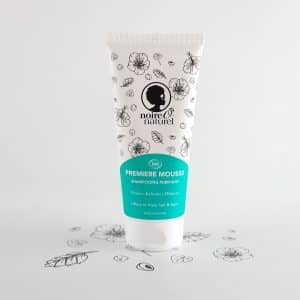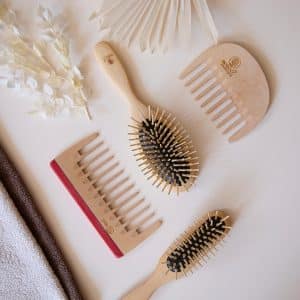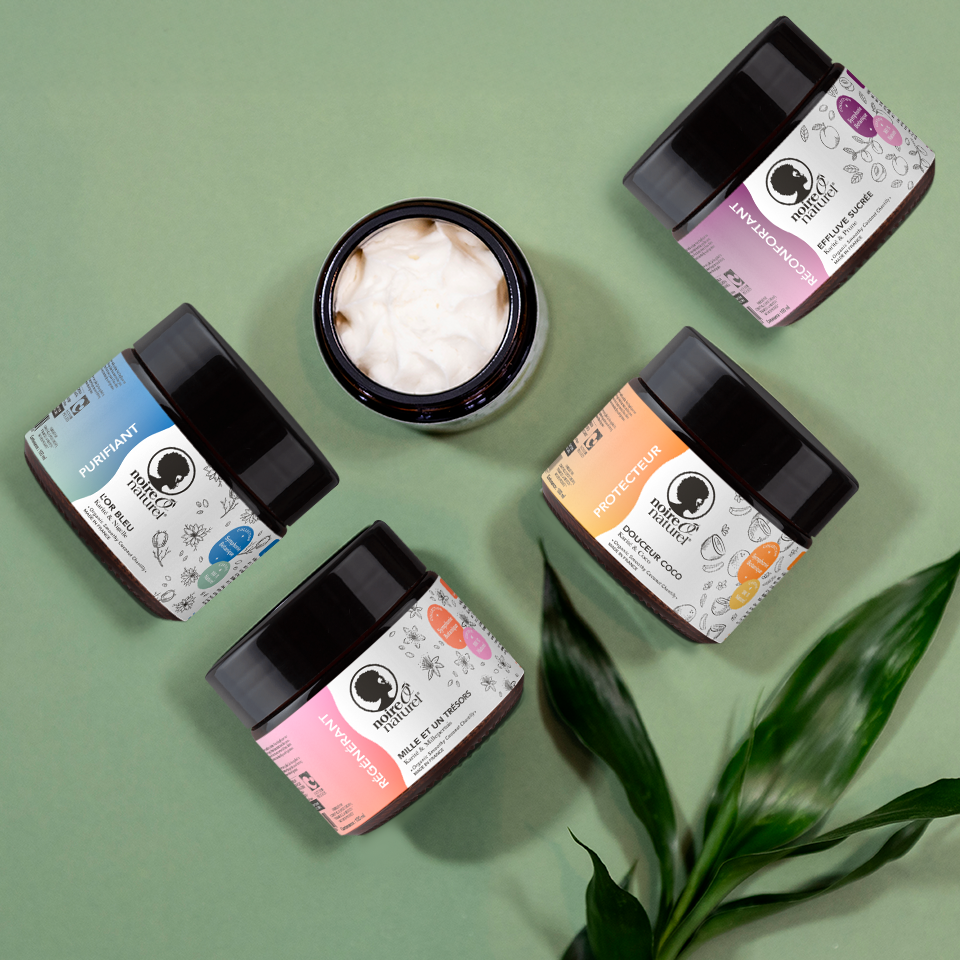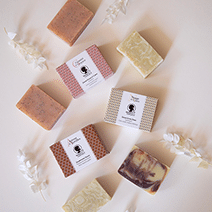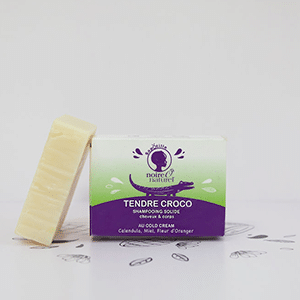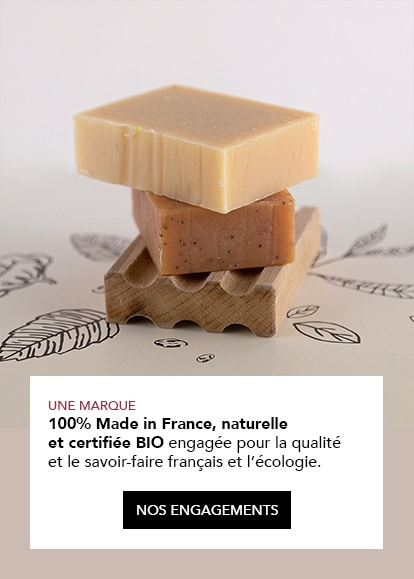For textured hair, whether wavy, curly, frizzy or frizzy, hydration is essential to maintain healthy, shiny, defined hair. There are two popular methods for sealing in moisture: the LOC method and the LCO method. Each has its advantages and can be adapted to suit your hair’s texture to a greater or lesser extent. In this article, we’ll define these two methods, explore their similarities and differences, and help you choose the one that’s best for your hair type.
Definitions
LOC method :
- L (Liquid / Leave-in): The first step is to apply a liquid or leave-in conditioner to moisturise the hair. This may be water, a moisturising spray or a leave-in conditioner.
- O (Oil): The second step is to apply an oil to seal in the moisture provided by the liquid. Commonly used oils include coconut oil, argan oil, jojoba oil, etc.
- C (Cream): The final step is to apply a cream or butter to nourish the hair and maintain moisture. This can include hair creams, natural butters such as shea butter, or styling creams.

LCO method:
- L (Liquid / Leave-in): The first step also involves applying a liquid or leave-in conditioner to moisturise the hair.
- C (Cream): The second step involves applying a cream or butter to nourish and moisturise the hair.
- O (Oil): The final step involves applying an oil to seal in the moisture provided by the previous steps.
What do they have in common?
1.Layered Hydration: Both methods are based on the principle of layered hydration, using several products to maximise and seal in moisture.
2.Use of Natural Products: The oils, creams, and liquids used in both methods are often natural products that nourish and protect textured hair.
3.Protection against dryness: Both methods aim to prevent dryness and breakage by keeping hair hydrated for longer.
Differences
1.Order of Steps :
- LOC: Starts with a liquid, followed by an oil, then a cream.
- LCO: Starts with a liquid, followed by a cream, then an oil.
2. Effect on hair :
- LOC : This method is ideal for sealing in moisture quickly and is often best suited to very dry, frizzy hair that needs a lot of moisture retention.
- LCO : This method is often preferred by those with looser curls or less porous hair, as it helps redefine curls while providing light hydration and protection.

Which method should you choose for your hair texture?
1.Wavy to curly hair:
- Prefer the LCO method: Wavy to curly hair can benefit from the initial application of cream to prevent curls from being weighed down by too much oil. The oil applied as a final step seals in moisture without weighing the hair down.
2.Curly to frizzy hair :
- Try both methods to see which works best. Curly to frizzy hair can vary in porosity and need for moisture. Some may find the LOC method works best, while others may prefer the LCO method.
3.Curly to Frizzy Hair :
- Prefer the LOC method: Curly to frizzy hair, which is often very porous, benefits greatly from the LOC method, which seals in moisture more effectively and keeps hair hydrated for longer.
Choosing between the LOC and LCO methods depends largely on your hair type and its specific moisture needs. Experimenting with both methods can help you determine which is best for your textured hair. At Noireônaturel, we offer a range of organic products specially formulated to moisturise, nourish and protect all types of textured hair. Choose the method that suits you best and enjoy healthy, hydrated, beautiful hair all year round.


